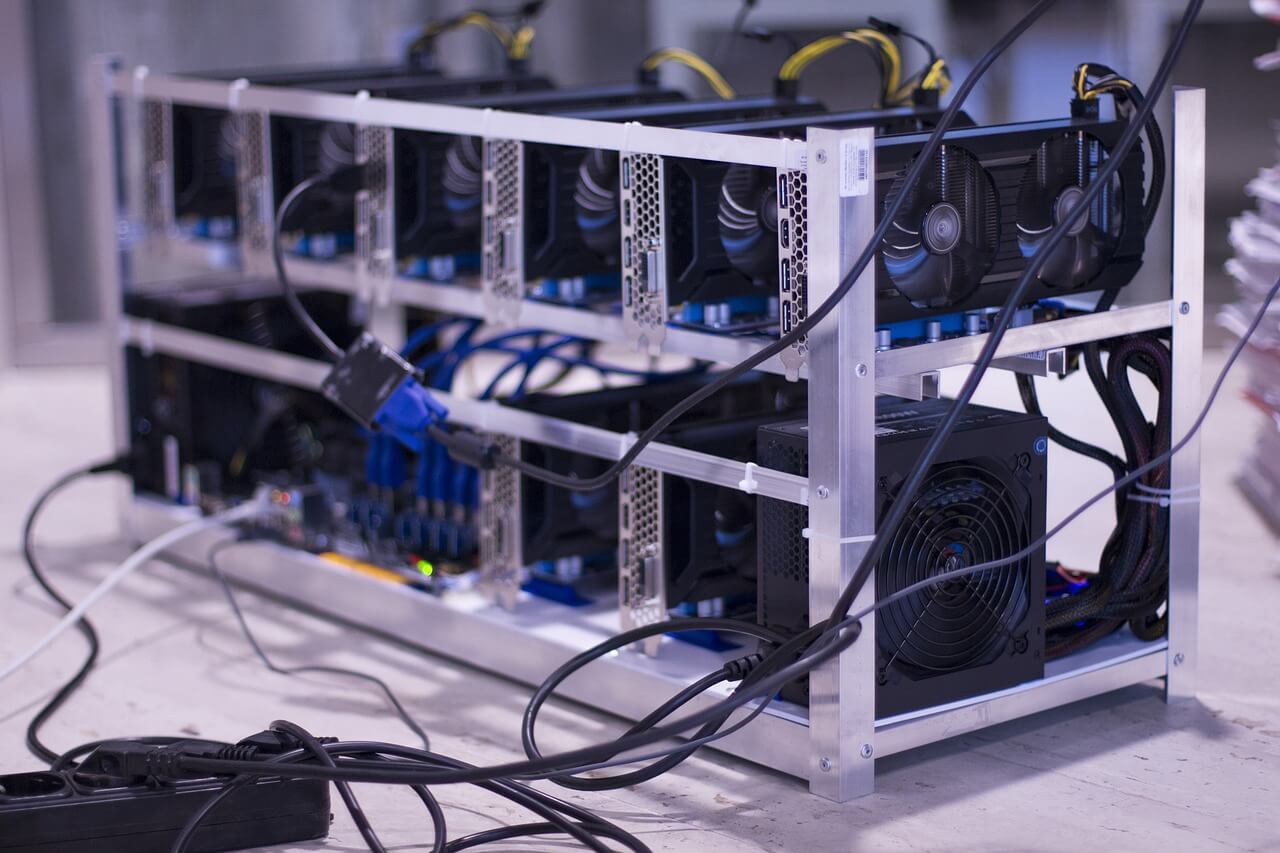Iceland is in the spotlight this week following its innovate methods to power the crypto mining network.
Proposed by maths teacher Krista Hannesdóttir, the Scandinavian country is utilising its plentiful geothermal resources to power the mammoth network.
Bitcoin Australia speak to blockchain specialist Alex de Vries, to see if these new innovations are all that they seem.
Is crypto mining destroying our environment?
As cryptocurrency mining grows in popularity, attention is turning toward the environmental impact of the practice. Specifically, this includes the impact of non-renewable energy resources to power the thousands of computers than sustain the network.
And this number just keeps on growing.
Blockchain Specialist, Alex de Vries, has produced calculations on the energy use within the Bitcoin network. In a study, Alex suggests consumption rates are sitting “at least 2.55 gigawatts of electricity” and have the potential to reach “7.67 gigawatts in the future”.
To put this in perspective, Alex has compared the network with countries like Ireland and Austria, consuming 3.1 gigawatts and 8.2 gigawatts respectively.

The Math teacher taking on climate change
With no foreseeable alternative to the energy-heavy mining process, what’s the alternative?
It seems a math teacher from Iceland is providing an answer to this very question.
Krista Hannesdóttir is addressing this issue by harnessing the power of Icelandic farmers. This involves utilising extra space on farms as well as paying farmers for the extra geothermal energy they don’t use.
Already owning a mining farm herself, Hannesdóttir understands the impact and amount of energy required to mine cryptocurrency. In an interview with Wired, Hannesdóttir unpacks her very practical approach of using farmers.
“Farmers have a lot of storage space, so it’s easier for us to move our equipment to their location,” she says. “You can also heat up the storage space, which is quite clean. So generally speaking, it’s reducing rent, and reducing energy cost.”
Iceland as the pioneer for clean crypto mining
It’s no real surprise that this solution comes from Iceland; a country known for its geothermal energy production. In 2014, the country’s National Energy Authority mapped 84% of all its energy as coming from renewable sources, 66% of that being geothermal.
Iceland is also well established as a hub for mining cryptocurrencies. With its availability of geothermal power and its cool temperature to reduce computer overheating, companies have been flocking to the tourist hot-spot to set up shop.
In fact, Iceland is home to the largest cloud-based Bitcoin mining company, Genesis Mining. And continuing the trend of the renewable energy use, the country will soon be home to industrial size 100% sustainable mining centre, Moonlite.
How much is too much?
So what’s all the fuss with Iceland? According to a KPMG report, this country is ideal to maintain the mining industry. The report highlights the low political risk, isolated location and high availability of storage space, all necessary for mining farms.
For these reasons, several companies are jumping on board. The same KPMG report found as much as 90% of the Data Centre power consumption is dedicated to crypto mining. It’s no surprise that energy companies are beginning to worry, as so many are attempting to take advantage of this mining-haven.
In an interview with the BBC, HS Orka energy employee Johann Snorri Sigurbergsson does not think the country will be able to keep up.
“If all these projects are realised, we won’t have enough energy for it,” he told the BBC.

There’s always a catch
Powering crypto mining with renewable energy seems like the perfect alternative. So what’s the catch?
For blockchain specialist Alex de Vries, these renewable initiatives aren’t as good as they seem. Speaking with Bitcoin Australia, de Vries expressed scepticism about just how long renewable energy can power the mammoth network.
What’s extra complicated is the type of demand of crypto miners. Mining has a steady 24/7 baseline demand. A normal grid has demand peaks (eg time of day and an on-season like winter). That additional capacity requirement during a peak (on top of crypto mining) has to come from somewhere.
And if non-renewable energy has to fill in the gaps, the question we have to ask is how feasible are these methods in a powering a network that never stops. Though Iceland’s efforts are definitely are a step in the right direction, more research needs to be done to find sustainable resources that can adequately maintain the network.
At the very least it makes it harder to establish just how positive mining on renewable energy really is. (de Vries)
This raises another question — should renewable resources be used for other initiatives rather than crypto mining? de Vries thinks so, indicating that there are other areas that renewable energy could be used for.
“I’m sceptical about crypto mining on renewable energy in general because the low-carbon electricity that goes into the network might otherwise be used to electrify [things like] transportation.”
Even if Iceland hasn’t found the answer to safely powering the crypto mining industry, it certainly has brought attention back to the environmental damage being caused. And perhaps this is the start we need to a greener future in crypto mining.
Don’t miss out on the latest news stories, exclusive interviews and more. Subscribe to our newsletter to get exclusive access to the trending crypto news.